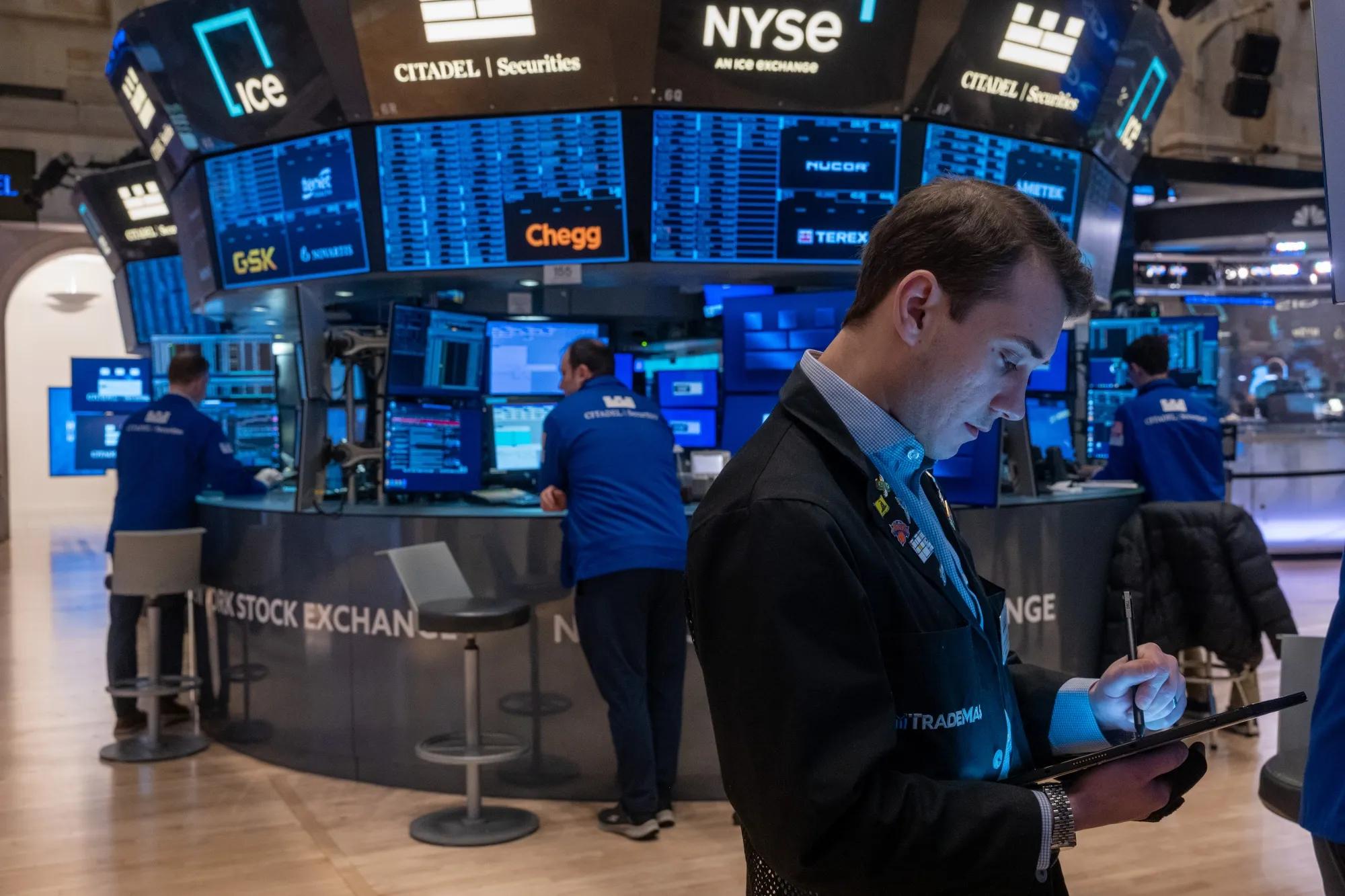Finance
Hedge Fund-Beating Equities Will Mislead Investors
Aaron Brown
March 03, 2025
First published on: Bloomberg

Alternative investments including hedge funds and real estate will disappear from the portfolios of pension funds and endowments over the next 10 to 20 years, well-known institutional investment consultant Richard Ennis concludes in a recent report. Their trustees, he says, will wise up to the excessive fees and anemic returns from these alternatives compared with passive index investment in public stocks and bonds.
On the good side, the report is a readable and up-to-date summary of criticisms of alternative investments along the lines of classics like “Do hedge funds hedge” and “Demystifying illiquid assets.”
On the bad side, this is a classic example of chasing returns. Over the last 16 years, the S&P 500 Index’s total return, adjusted for inflation, has been a continuously compounded 12.72% — the fourth highest going back to 1871 and far higher than the average of 7.05%. If you knew this back in 2008, you’d have put everything in an S&P 500 index fund. There would have been no reason to diversify into alternatives. So, this is the period Ennis chooses for evaluation.
To understand the problem of return chasing, consider what happened after the three best 16-year periods in history. In 1937, you’d have been looking at a 13.82% continuously compounded annual return above inflation over the prior 16 years. Despite the stock market crash of 1929 and the Great Depression, you would have profited from the bull market of the 1920s, the sharp recovery from stock market lows in the early 1930s, and the negative inflation rate during the Depression. Over the next 15 years, you would have earned a below-average 4.12% annualized real return.
In 1965, things looked better but turned out to be worse. The postwar recovery of the 1950s and early 1960s delivered a 14.88% annualized return above inflation, the next 15 years of economic malaise and stagflation resulted in a negative 0.30% return. In 1998, you’d have looked back on 15.84% annualized real returns but realized only 2.82% going forward.
While no one knows what the next 16 years will bring, history argues that it is prudent to diversify your portfolio away from an excessive reliance on strong public equity returns. No one suggests getting out of equities completely — equity risk remains the driver of investment returns in modern economies — but most investors are overexposed to it.
Ennis’ paper presents return data on individual types of alternatives, but this is not a useful way to evaluate them. One problem is that the data are not complete or reliable. Another is that these are not intended as stand-alone investments, they are used for diversification and hedging rather than return enhancement. Most important is that they don’t represent actual investor experience. Many good funds are not in public databases, and many other good funds don’t take new investors. Institutional investors do not choose funds at random; they select tailored portfolios after extensive due diligence. The relevant question is whether investors who use alternatives do better in the long run, not what’s the average return of all alternatives.
Ennis tackles this using a multiple regression to estimate the effect on average annual returns over the last 16 years of having a 1% increase (such as from 5% to 6%) in allocation to selected alternatives. The problem here is a bit technical; it’s what statisticians call “omitted variables.” A fund that invests in an alternative such as real estate will take the money from somewhere else — probably reducing its investment in both equities and fixed-income. It’s important to include all asset classes in the multiple regression to get meaningful results. This changes the numbers dramatically.
For example, Ennis estimates that increasing the allocation to hedge funds by 1%, say from 10% to 11%, lowered annual returns by 6.9 basis points, such as from 10% to 9.931%. Using all categories, so the investment allocations add up to 100%, I get that it increased returns from 10% to 10.078%.
The discrepancy is mainly because institutions that put more into hedge funds generally put less into equities. I get close to Ennis’ value of -6.9 when I subtract from that 7.8 basis points the 13.3 gain for equities (the table shows my calculations). In other words, a pension fund that took 1% from equities and put it in hedge funds gave up return, but a pension that took money from fixed income or cash, made money. Ennis’ negative returns for the various alternative classes do not mean those were bad choices, only that equities did better over the last 16 years. If equities do worse over the next 16 years, as is certainly possible and perhaps very likely, those negatives would become positives.
Investment Return Sensitivity
Effect on return and standard deviation of increasing allocation to a category by 1%, 2009-2024
[Please see attached table - Source: Richard Ennis' "What Is the Future of Alternative Investing," Aaron Brown]
My last column shows the effect on standard deviation. Putting 1% more in equities increased the pension fund’s annual standard deviation by 0.295%, say from an annualized 10% to 10.295%. Putting the same 1% in hedge funds reduced standard deviation by 0.074%, from 10% to 9.926%. Whether or not the higher return of equities was worth the extra risk depends on the goals and risk tolerance of the pension fund.
I’ll go out on a limb with the opposite of Ennis’ prediction. The next few years will see return-chasing from institutional managers, not “wising up” of trustees. Funds will reduce fees and ramp up equity exposures, leading to more risk and less return. A sufficiently long run of sub-par equity returns plus a crash will reverse the stampede and lead to another alternative bubble in which managers disregard fees and fine print to elbow their way into the hottest new alternative ideas — egged on by return-chasing articles showing how much better alternatives did in the recent past. But perhaps this time is different, and trustees and managers are genuinely wiser.
Investment Return Sensitivity - Effect on return and standard deviation of increasing allocation to a category by 1%, 2009-2024
Your Next Read

How AI Could Transform Asset Management and Financial Risk
December 13, 2024
AI in finance remains prone to occasional errors, and there is still a lot of room for improvement in communication between different systems. But solutions to these problems are in sight and the dream of self-driving portfolios is within reach – a synergistic AI achievement that could upend asset management and greatly alter the risk management landscape.

Tariff Technology Risk
May 02, 2025
New, frequently changing rules for tariffs have created volatile markets with widespread consequences. Could a breakdown in tariff-collection technology lead to severe supply-chain disruptions?

Reflections on the Past 25 Years: What Risk Managers Have Learned from the Technology Revolution
October 25, 2024
Engineering geniuses have greatly altered the way risk practitioners perceive the financial services industry and evaluate future scenarios.
